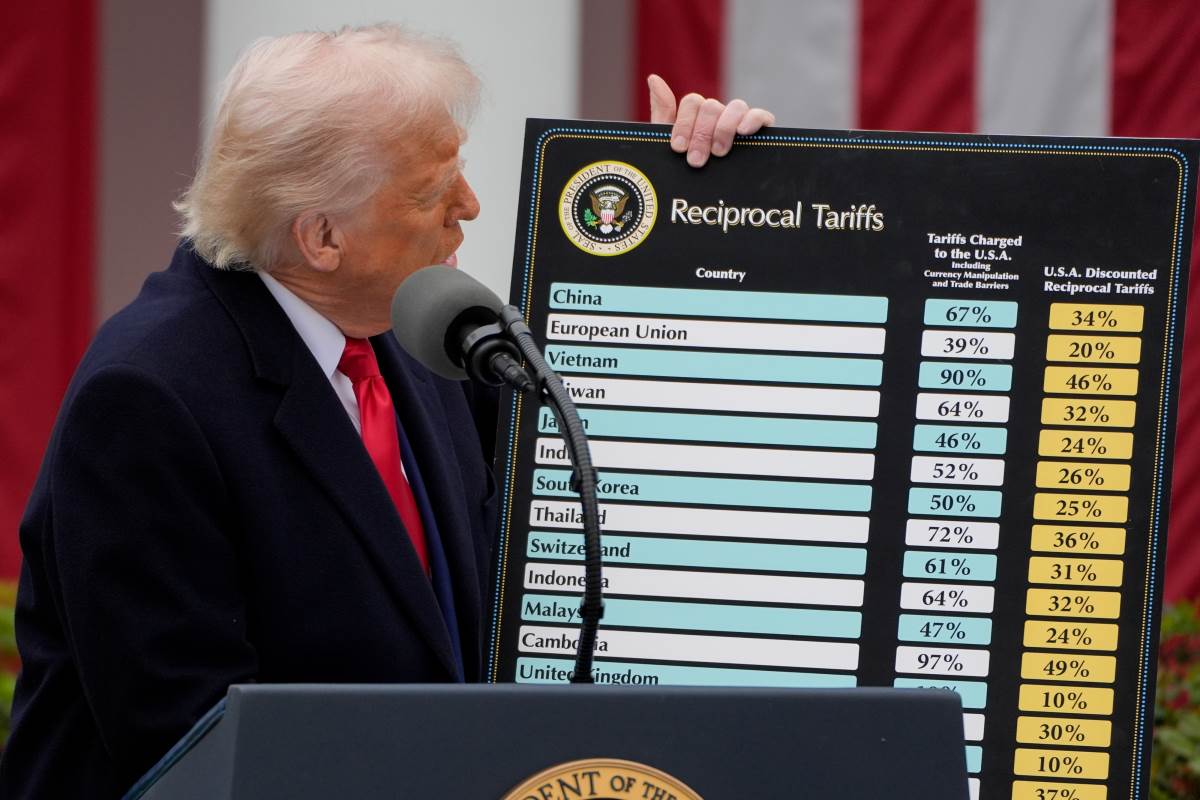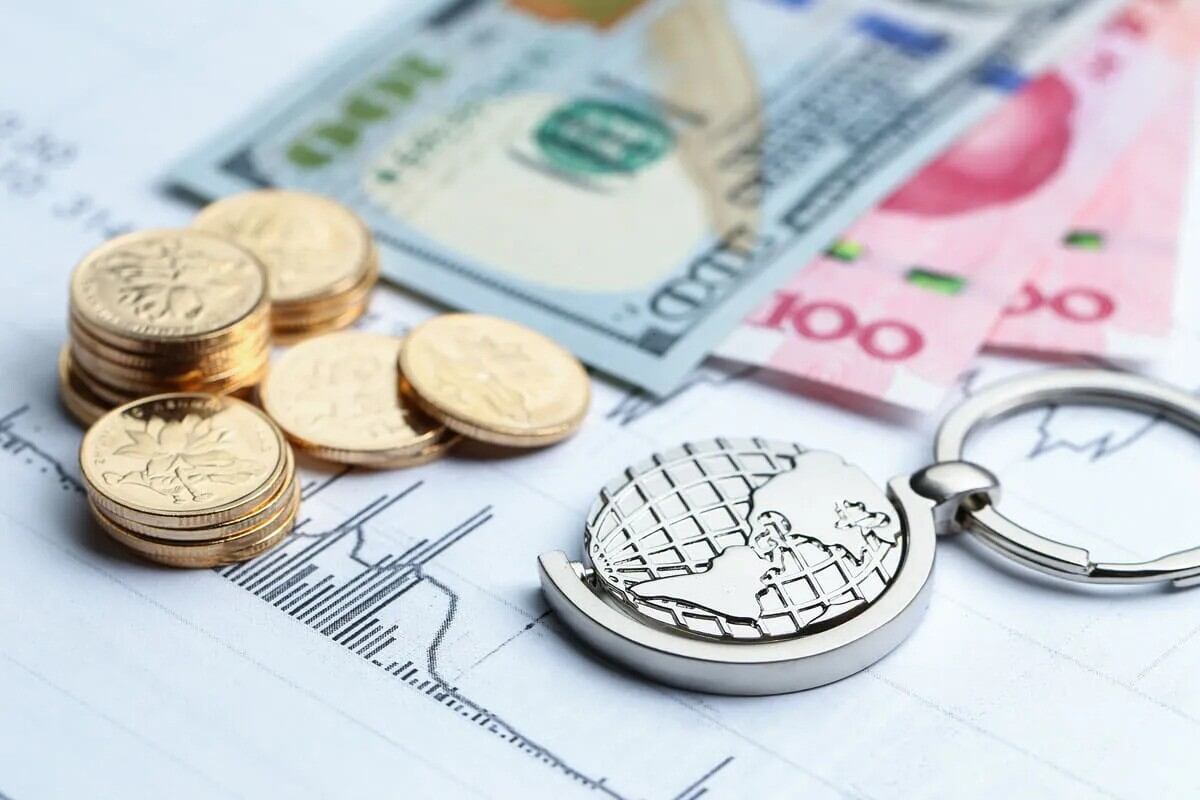Trump Announces 90-Day Tariff Pause: What It Means for Global Currency Markets
On April 9, 2025, in a surprise move, US President Donald Trump announced a 90-day pause on the recently imposed reciprocal tariffs exceeding 10%, which had unsettled global markets. Notably, tariffs on Chinese goods were increased to a substantial 145%, escalating trade tensions between the two nations.
This policy “time-out” on tariffs is making headlines and leaving many wondering what it could mean for the economy, especially for currency values and foreign exchange rates. What does this shift mean for the rest of the world? How might this decision impact the U.S. dollar and other currencies?
Understanding Tariffs & Their Economic Impact
Tariffs are essentially taxes on imported goods. When a tariff is imposed, a foreign product entering the U.S. becomes more expensive by the amount of that tax. For example, a 10% tariff on an imported car means the car will cost 10% more for U.S. buyers. Governments usually use tariffs primarily to protect domestic industries from cheaper foreign competition, or push back against trade practices they consider unfair.
In theory, making imports pricier encourages consumers to buy American-made goods instead, which can generate more revenue. But, on the other side of the spectrum, tariffs can also lead to higher prices for consumers and may provoke retaliation from trading partners, among other ramifications. This is why, after World War II, most advanced economies avoided high tariffs, until recently, when they resurfaced in global politics.

What’s Behind Donald Trump’s Tariff Pause Move?
President Trump abruptly announced a 90-day halt on major new tariff hikes that were set to hit many U.S. trading partners. This came as a surprise because it was essentially a U-turn from his earlier stance of raising them. Under the new plan, most countries will not see their tariffs go up for the next three months (except China), giving negotiators time to work out new trade deals.
Why the sudden tariff timeout? According to President Trump, he was concerned about how the markets were reacting to the rapid tariff escalations. “I thought that people were jumping a little bit out of line... They were getting yippy, you know, a little bit afraid,” Trump told reporters, explaining why he decided to be “flexible” and change course.
In fact, just before the announcement, financial markets had been experiencing wild volatility, with stocks falling and even U.S. government bond yields rising sharply – all signs that investors were worried about the economic damage. Trump’s trade team insists this pause was all part of “the strategy” to bring other countries to the negotiating table, not a concession to market panic.
What Happened After the Announcement?
The immediate reaction to Trump’s tariff pause was relief, and almost instantly, U.S. stock prices soared. The benchmark S&P 500 index jumped about 9.5% by the end of the same day, one of the biggest single-day leaps in years. Overseas, markets followed suit. The European Union even said it would hold off on its planned retaliatory tariffs that were due to answer Trump’s moves, matching the 90-day pause and further calming investors.
Tariffs and Currency: How Are They Connected?
This brings us to currencies. Tariffs can have an impact on the relative value of currencies, so one immediate effect of the news was on the foreign exchange markets. To understand why, let’s look at how tariffs and currencies are connected:
1. Trade Balance Shifts
At the simplest level, tariffs change the flow of trade and money between countries, which in turn alters supply and demand for currencies. By making imports more expensive, tariffs may reduce the volume of imported goods, potentially improving a country's trade balance, which can lead to an appreciation of the domestic currency due to increased demand.
2. Inflationary Pressures
Higher import prices can contribute to overall inflation, eroding the purchasing power of the domestic currency and possibly leading to its depreciation.
3. Investor Sentiment and Capital Flows
Trade tensions and economic uncertainty stemming from tariffs can affect investor confidence, leading to capital outflows and impacting currency values. In times of escalating tariff tensions (trade wars), investors around the world often get nervous about economic growth. This “risk-off” mood can drive people to seek safe-haven currencies, seen as stable and secure, such as the Japanese yen and the Swiss franc.

Implications on Foreign Exchange: How Will the 90-Day Pause Affect Currency Markets?
The temporary suspension of certain tariffs has had immediate effects on global currency markets. When tariff conflicts de-escalate (like a pause or deal), trends can reverse. That’s why Trump’s 90-day tariff pause has drawn so much attention in the forex world, and is generally positive news for currencies outside the U.S.
What Will Happen with the U.S. Dollar?
For anyone holding, buying, or selling U.S. dollars, Trump’s tariff pause is a development to keep an eye on, as USD value could be influenced by this policy shift in a few ways. The U.S. dollar might lose a bit of that artificial boost, while other currencies recover as optimism returns.
On the other hand, removing the threat of new tariffs could help the U.S. economy by avoiding extra costs for businesses and consumers, thus attracting investment and supporting the dollar. The net impact on the dollar is basically a tug-of-war between reduced risk and improved economic outlook, and market perception will likely play a big role.
Euro Appreciated
We saw the euro rally after the tariff news, rising over 1% against the U.S. dollar and hitting its highest level in weeks – about $1.11. This is a sign that traders felt more optimistic about Europe’s economy with a trade war cooling off. If you hold euros or plan to travel to Europe, this means your euros become a bit more expensive in dollar terms (i.e., you get slightly fewer euros per dollar).
Emerging Market Currencies Could Be Well Off
Emerging currencies, like those of countries in Asia or Latin America, could also strengthen if global trade tensions continue to thaw. These currencies were under pressure when the trade war heated up, and a pause gives them breathing room. For example, the South Korean won and the Indonesian rupiah might gain if their export outlook improves.
Chinese Yuan Depreciated
China’s yuan may not see relief in this case because Trump actually increased tariffs on China. In fact, the Chinese yuan could face more pressure to depreciate given the 125% tariff wall, unless a new agreement is reached.
This has led to concerns about China's economic outlook, with speculation about potential yuan devaluation to offset the impact of tariffs. That means Chinese goods will be pricier, but China’s currency might weaken to compensate, which is something to watch if you transact in yuan.
Safe-Haven Currencies Strengthened
Amidst Trump’s tariff announcement, the Japanese yen gained value against the dollar as investors flocked to safety, together with the Swiss franc (CHF). Interestingly, the U.S. dollar itself is sometimes a safe haven, but in this scenario, it was actually weakening a bit because U.S. policy uncertainty was a source of the risk, and U.S. bond yields were dropping.
The British Pound Looks Steady for Now
In the immediate aftermath of Trump’s announcement, the British pound saw a modest increase in value against the U.S. dollar, echoing the general trend of other major currencies.
While not as pronounced as the euro’s spike, the GBP/USD exchange rate climbed back above the $1.26–$1.27 range, recovering some ground it had lost in March when trade war fears were at their peak. However, while the tariff news gave it a boost, further gains will depend on local economic signals.
What Can You Do Amidst These Changes?
Whether you’re planning a trip abroad, saving in foreign currencies, or buying international goods, exchange rates impact what your money is really worth. In times of policy shifts like these, a smart move is to stay informed, act strategically, and take advantage of favorable rates when they appear.
Here are a few key things you can do and watch out for in the coming weeks:
1. Track live exchange rates
Keep up with exchange rates in real-time to stay updated. If anything, the 90-day tariff pause has injected a bit more calm into markets, which is good news, as we’re likely to see less extreme currency swings than if the tariff hikes had gone ahead unabated. So, enjoy the relative breather, and if you see a good rate for that currency you need, it might be a good time to lock it in. You can always use our currency converter.
2. Use Exchange Rate Alerts
Set it and forget it. With our custom exchange rate alerts, you’ll get notified the moment your target rate is reached. Monitoring desired currency buy and sell rates, as well as the dollar-denominated spot rate can help you time your currency exchanges better.
3. Choose companies with competitive rates
Competitive rates and fees, such as the ones we offer here at US First Exchange, can help reduce your total cost, no matter the geopolitical climate, so more of your money goes where you want it to. In uncertain times, minimizing unnecessary costs can make a meaningful difference.
Considerations for Currency Exchange
While Trump’s 90-day tariff pause introduces a temporary reprieve in certain trade tensions, the ongoing adjustments, particularly with China, continue to influence global currency markets. It is a reminder that political decisions can move currencies and that we should all keep an eye on these policy shifts. Staying alert and informed is crucial for making sound currency exchange decisions in this dynamic environment.
This 90-day pause is essentially a window for trade talks. So, pay attention to how those negotiations go. In the meantime, using a reliable currency exchange service that offers real-time rates, smart tools, and expert insights, such as US First Exchange, can help you navigate these times of turmoil and volatility more easily, and get more value and peace of mind on every transfer.
Don't wait, create your order today!
You can buy and sell over 20 different currencies at the most competitive rates on the market with US First Exchange.


